Preparation Instructions
|
Printing Follow these instructions to print any Phonics Fish card sets.
1. Print the Card-Fronts There are two recommended options for printing and preparing the cards for Phonics Fish.
Or
If printing on cardstock, 300g cardstock is recommended, but any weight 200g or above will be sufficient.)
2. Print the Card-Backs These cards are designed as double-sided cards. It's very important that the right phonics symbol is printed on the back of each card.
|
|
|||
|
Preparation After printing, cut out each of the individual game cards.
|
|
|||
| Printable PDF Document | |||||
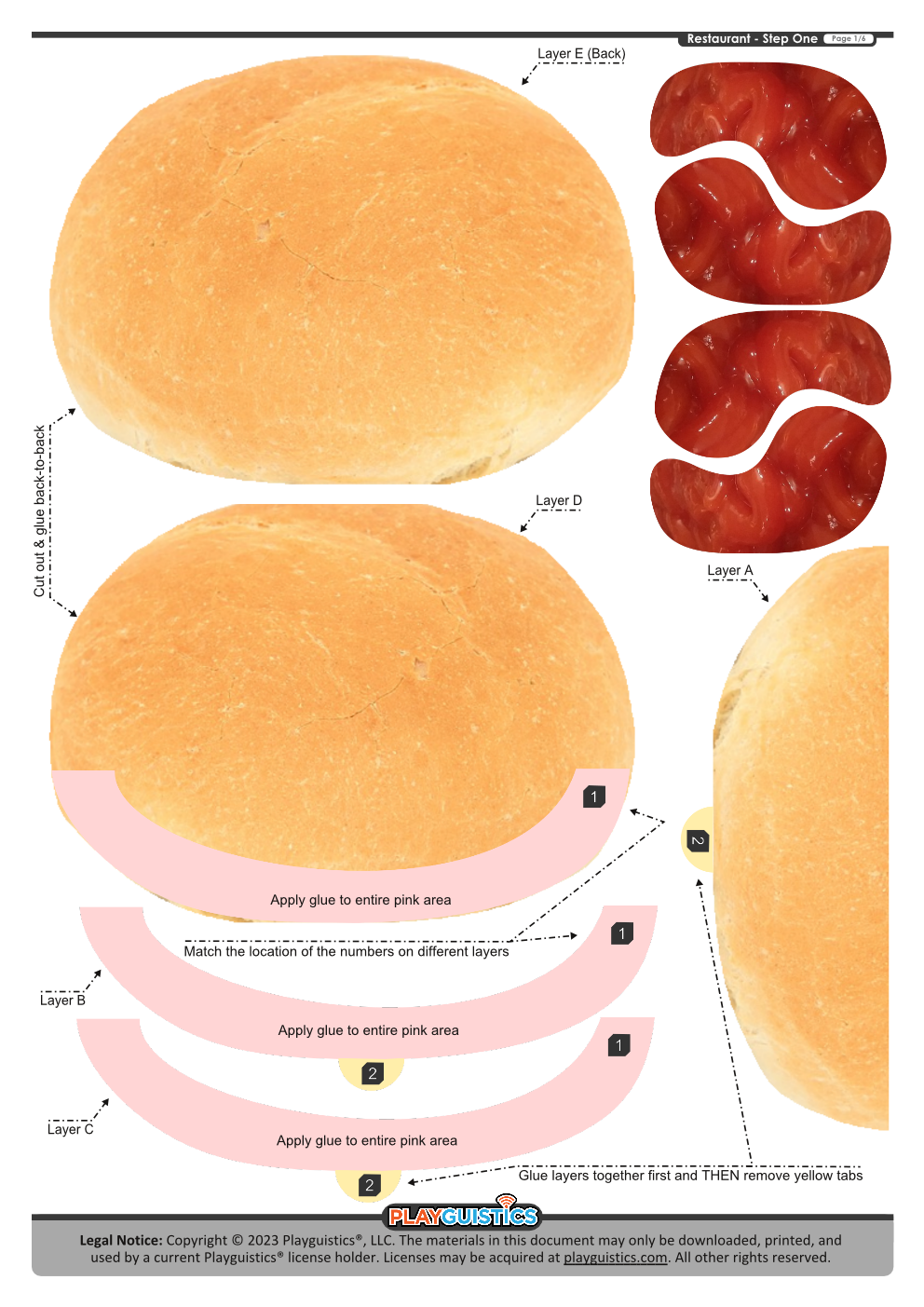 |
 |
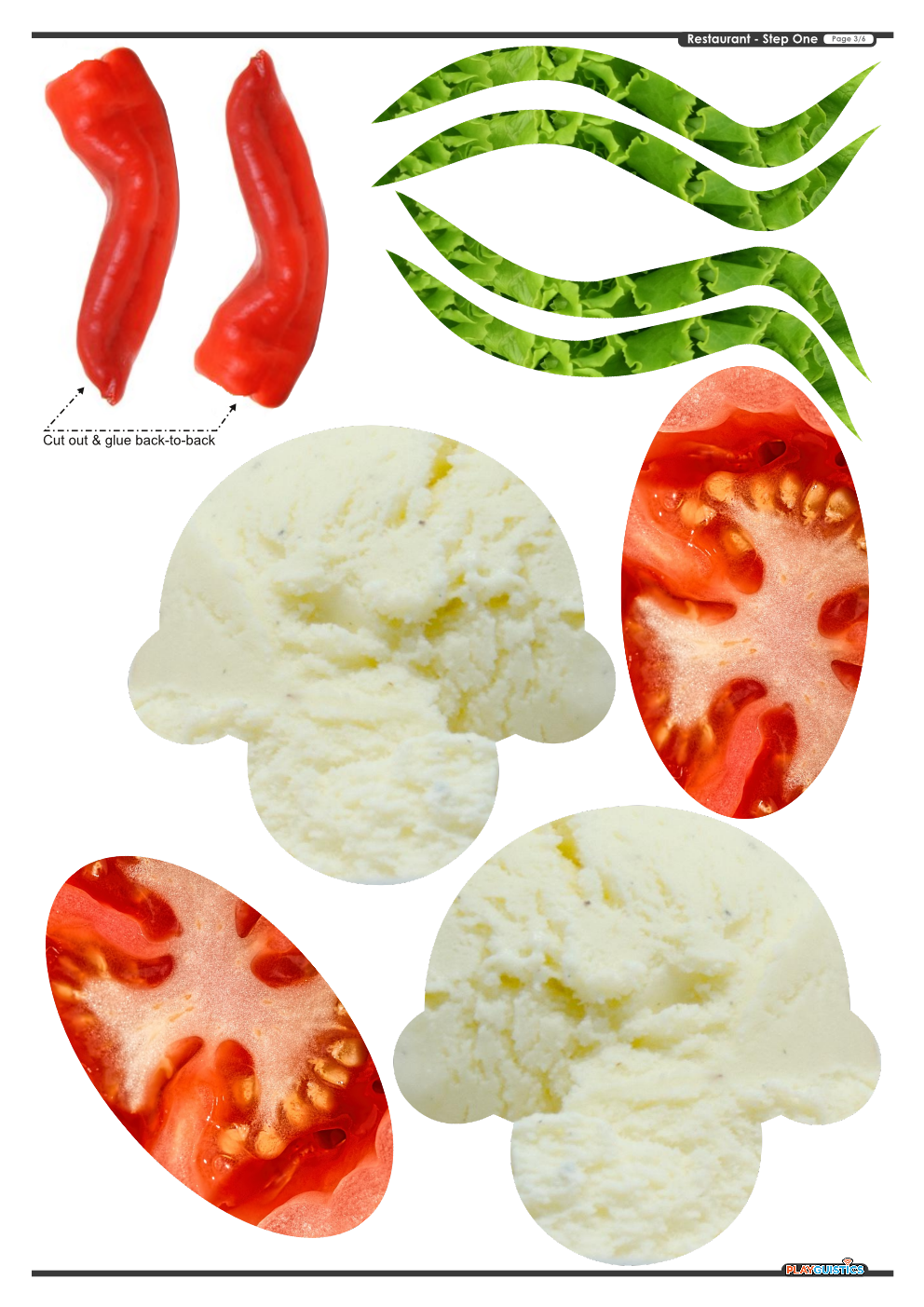 |
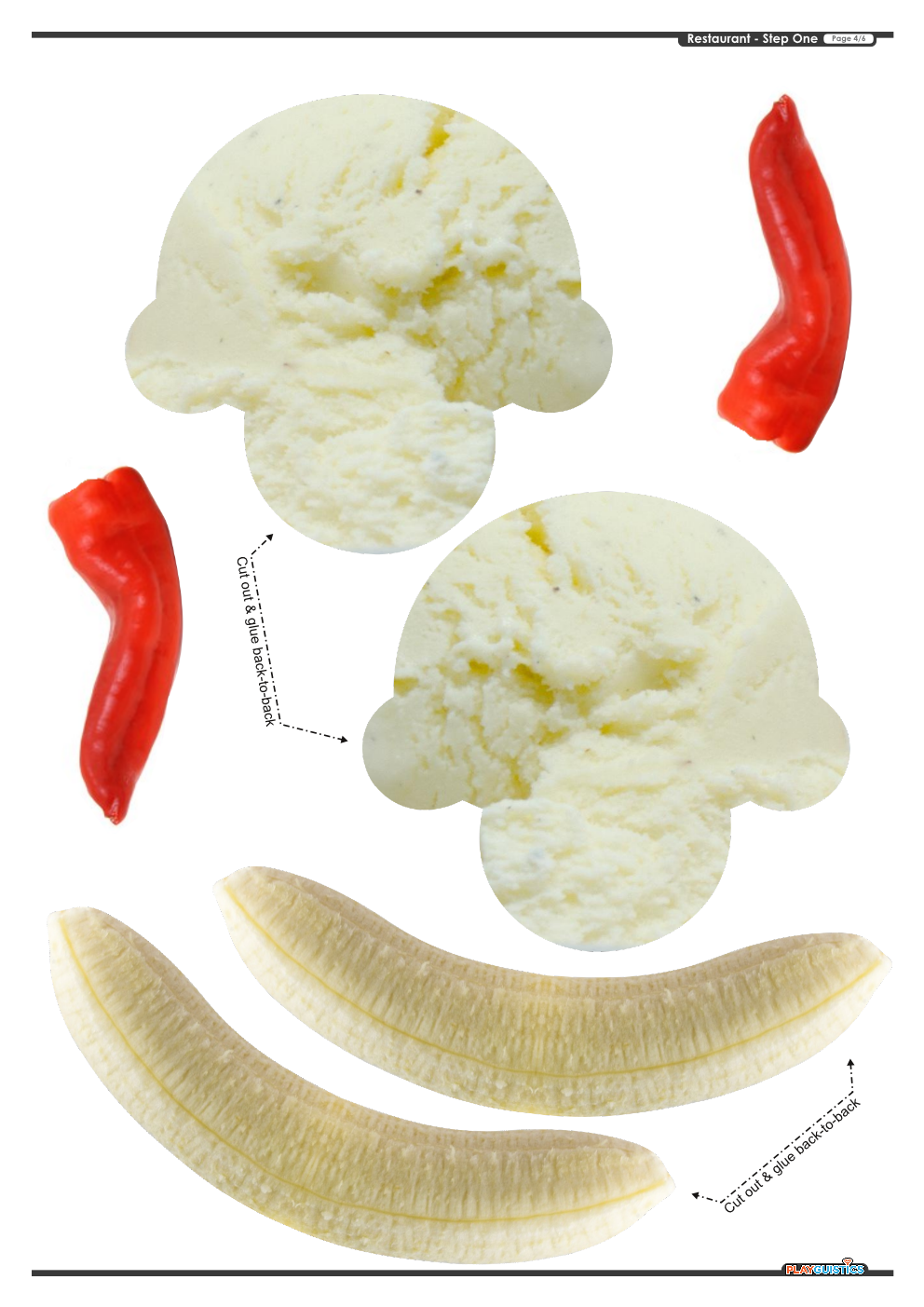 |
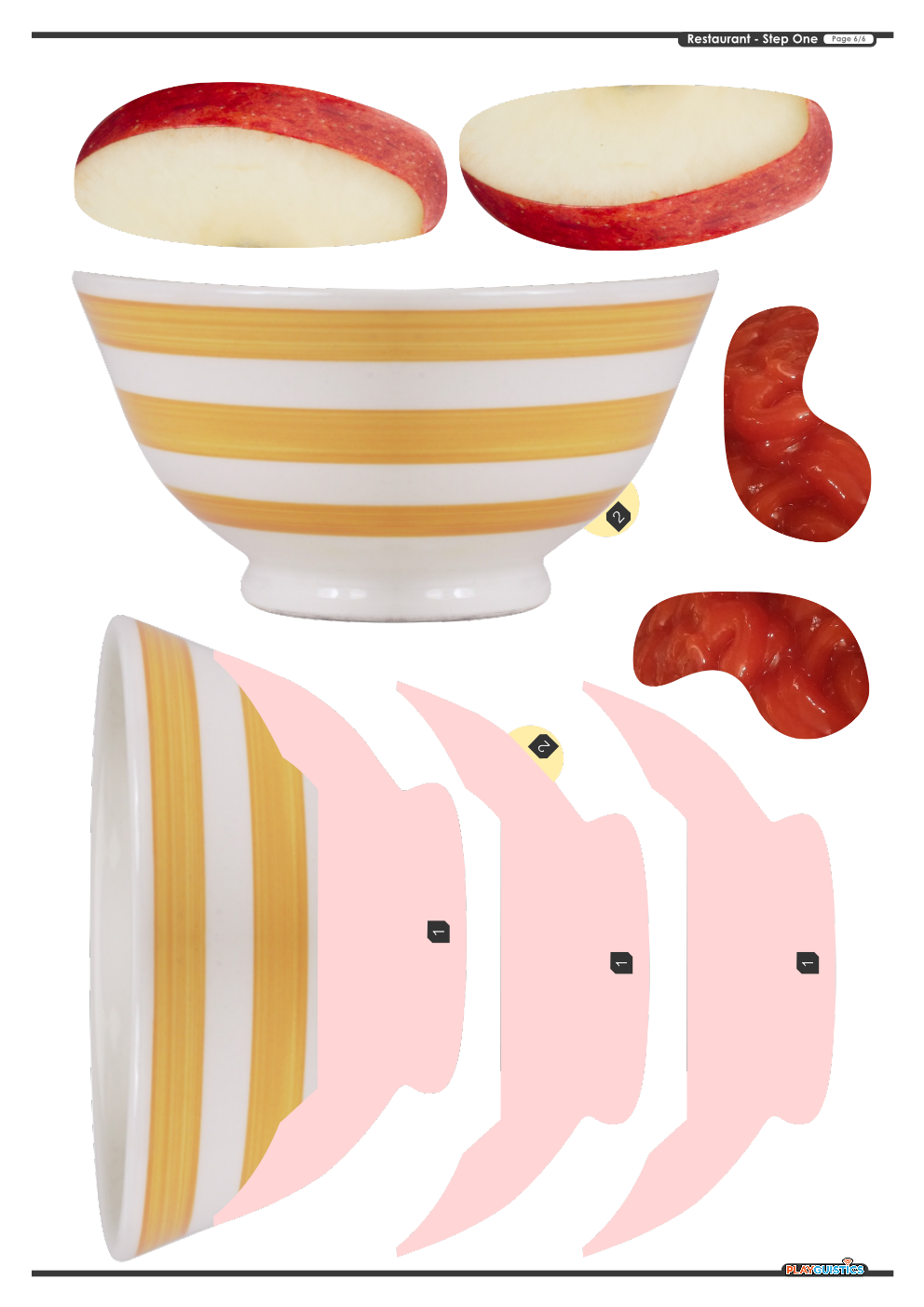 |
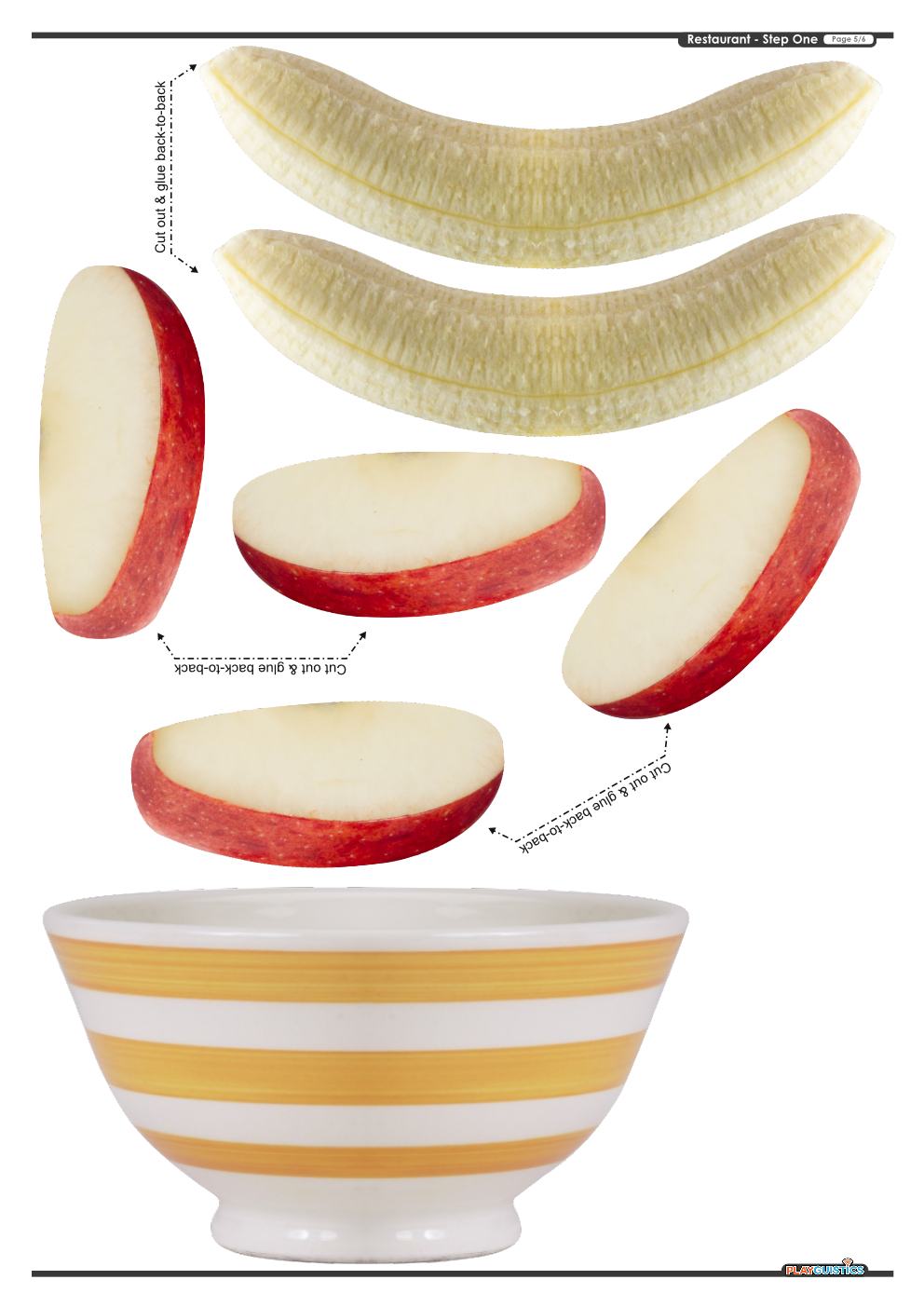 |
| See PDF Download Options | |||||
|
Presentation Use flashcards to ensure that your students know the vocabulary words used in this activity. Refer to the list provided below. You may also briefly review the sentences and sentence patterns listed below. Students will only need to know 13 core vocabulary words to participate fully in this activity. The memory words listed below are provided for reference. However, students DO NOT need to be directly taught any of these 11 memory words. They can simply be utilized in the sentences used to communicate in the activity and students can be trusted to gradually internalize the words' meaning from context, as the same words will continue to be used in other speaking activities as they progress through this curriculum program. |
|
|||
| Vocabulary Words Used in Activity | ||
| Core Vocabulary Words | alligator, bear, cat, duck, elephant, fish, go, horse, lion, monkey, octopus, rabbit, turtle | |
| Combination / Compound | none | |
| Memory Words | a/an, are, do, have, here, no, thank-you, welcome, yes, you | |
| Supplemental Words | none | |
| Review Vocabulary Words | none | |
| Sentences and Sentence Patterns |
| Do you have a _________________? |
| Yes, I do. / No, I don't. Go fish! |
| Here you are. |
| Thank you. |
| You're welcome. |
|
Practice Show your students how to play a modified form of Go Fish with these cards by inviting one student to join you for a demonstration.
|
|
|||
|
Production: Once your students appear to understand how to play the game (enough to begin playing), divide them into groups 3-4. A group of 2 is also acceptable if you are teaching a one-on-one lesson, but if there are only two students, the teacher should join as a third player. Playing with 5 players will be too slow and students will be bored, so if there are 5 students in your lesson, set up two separate games (you'll need to prepare two sets of the provided cards) with the teacher playing in one of the two games (so that there are 3 players in each game). Important! Be sure to draw your students' attention to the fact that cardbacks provide clues about the word pictured on the other side. |
|
|||
|
Expanded Learning:
|
|
|||
|
Important Note The above instructions are provided as suggestions for best practices. However, the teacher should always be the ultimate decision-maker about which learning approaches are best suited to a particular student / group of students. Teachers are encouraged to modify the game rules if they believe that there would be a better way for their students to play it. |





